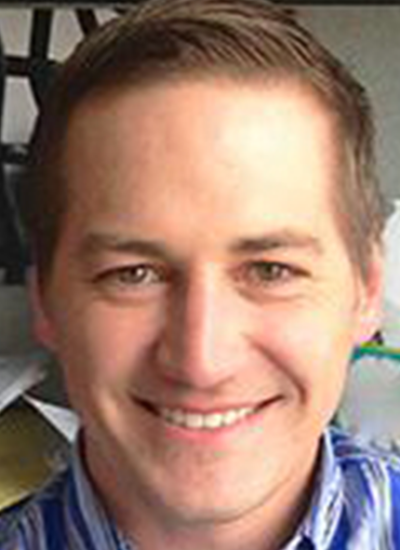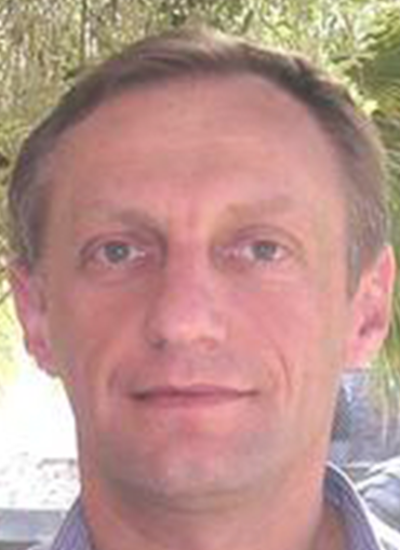Image processing
Professor, Biomedical Engineering
Professor Emeritus
Professor, BIO5 Institute
Primary Department
Department Affiliations
Contact
(520) 626-2177
Matthew A Kupinski
Professor, Optical Sciences
Professor, Radiology
Professor, Applied Mathematics - GIDP
Professor, BIO5 Institute
Primary Department
Department Affiliations
Contact
(520) 621-2967
Work Summary
Matthew Kupinski works in diverse areas of imaging including x-ray, gamma-ray, diffuse optical, magnetic resonance, and neutron imaging.
Research Interest
Leonid Kunyansky
Professor, Mathematics
Professor, Applied Mathematics - GIDP
Professor, BIO5 Institute
Primary Department
Department Affiliations
Contact
(520) 621-4509
Work Summary
I develop mathematics of biomedical imaging. All modalities of tomography imaging rely heavily on mathematical algorithms for forming an image. I develop the theory and the algorithm enabling this technology.
Research Interest
Jacobus J Barnard
Professor, Computer Science
Associate Director, Faculty Affairs-SISTA
Professor, Electrical and Computer Engineering
Professor, Cognitive Science - GIDP
Professor, Genetics - GIDP
Professor, Statistics-GIDP
Professor, BIO5 Institute
Member of the General Faculty
Member of the Graduate Faculty
Primary Department
Department Affiliations
Contact
(520) 621-4632





